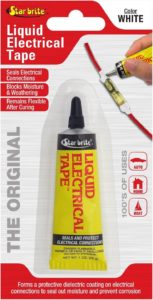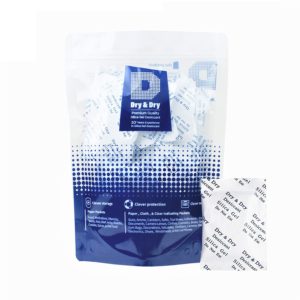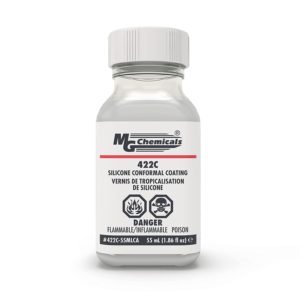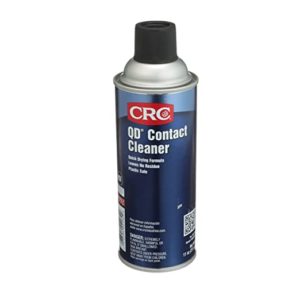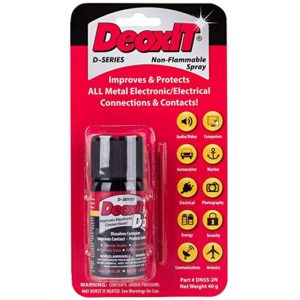They’re an essential part of a radio orienteer’s equipment. Without them, your receiver would be worthless. Some prefer headphones, others earphones. But whichever you choose, you want them to be comfortable and secure and to deliver ample sound to your ears.
It is true that, in a pinch, just about anything that delivers sound waves to your eardrums will get the job done. But high-fidelity audio has its benefits. It allows knowledgeable radio orienteers to discern perturbations in the received signal that distinguish reflected signals from the direct signal or to accurately gauge a subtle climb in signal strength confirming progress made toward the fox. So your choice of earpiece can make a difference. Here are some things to consider when selecting your radio-orienteering ear gear.
Once upon a time, it was easy to find single-ear and monaural 2-ear devices. These are almost nonexistent today, so they will not be discussed here. Only stereo 2-ear devices are considered. Almost as long ago, high-impedance headphones and earphones were widely available and would be incompatible with most radio orienteering receivers built in the past 20 years. That’s something to be aware of if you scrounge the junk box for old earpieces. Most new earphones and headphones are ~32Ω impedance, and most radio orienteering receivers sold today are designed to work with them. So don’t be too concerned about impedance unless you are dealing with older or homebuilt equipment.
High-end headphones and earphones may not be what you’ll want to wear while running through the woods in all kinds of weather. Although high-end earpieces should work very well for radio orienteering, and come with lists of cool features commensurate with their price tags, you are unlikely to find waterproof listed among their features. And Bluetooth connectivity, if required, will likely entail adding a Bluetooth transmitter (covered below) to your receiver to make it compatible. Noise cancelation would be a nice feature to have, and a pass-through mode for holding conversations would be sweet. But along with such features comes the need for the headset to have its own battery, which must be kept charged. In the end, most of us will find simple wired headphones and earphones work just dandy for this sport.
Headphones or earphones? Headphones are worn entirely outside your ear. Earphones go just inside your ear. Both are suitable for radio orienteering. Let’s explore them.
Headphones
Headphones come in two types: over-the-ear and on-the-ear. As their name suggests, over-the-ear headphones feature ear cups that entirely surround the ear and have padding that rests against the side of the head.

On-the-ear headphones have smaller ear cups with padding that rests on top of the ear. Both over-the-ear and on-the-ear use a headband of some sort to hold the ear cups securely over both ears. Over-the-ear has two significant advantages over on-the-ear headphones: 1) they more effectively seal out ambient noise that might distract from the received signal, and 2) they can fit more securely on the head and are not as susceptible to being dislodged by the vibrations of running and jumping. But on-the-ear headphones have the advantage when it comes to price and weight.
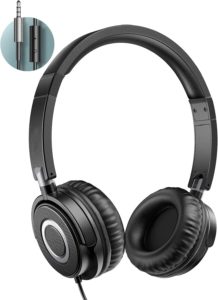
Earphones
Earphones also come in two varieties: those that rest just within the ear canal and those that rest on the concha just outside the ear canal. Naming conventions vary, but the latter are sometimes referred to as “earbuds,” so we’ll use that term too. The former we’ll call “in-canal earphones.”

In-canal earphones feature rubbery or spongy cushions that rest against the walls of the ear canal, helping to seal out external noises much as over-the-ear headphones do. And the cushion within the ear canal can also help keep them from slipping out during a competition. But some earbuds, particularly those designed to be worn during exercise, include a headband or behind-the-ear hook that holds them in place better than in-canal earphones lacking that feature. If you have some earphones you like, but they don’t stay securely in your ears, explore adding your own headband to help keep them in place.
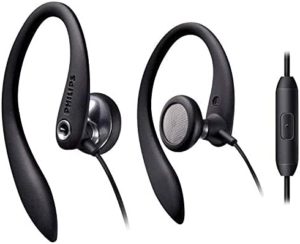
The choice of headphones or earphones is a matter of personal preference and price. Both can deliver excellent sound. Both have options that will help them stay securely attached to you. But they both have an Achilles heel: that piece of wire with a penchant for getting snagged on branches: the cord. When snagged, you’re lucky if the cord only tugs the headphones off your head. Too often, the tug will break one of the essential wires inside the cord, leaving you deaf to the foxes’ signals.
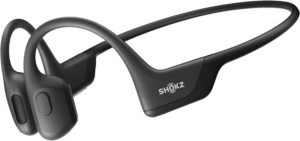
Snaking the cord carefully through your shirt sleeve can help guard it against the tugs of trees and bushes. Attaching the cord to your clothing with several safety pins can help prevent tugs from yanking on the vulnerable plug and speaker connections. But even with all the defensive measures in place, the cord remains a vulnerability. Cords wear out. They are constantly being twisted and turned, causing their delicate wires to wear and break. So always (ALWAYS!) carry a spare earphone. The spare can be a bargain basement earphone (that thing the airline gave you and you stuck in a drawer). Pin it to your jersey, or place it inside a zipped pocket. Having a spare can mean the difference between completing the race with only a minute lost, or having to orienteer your way to the finish only to receive an OT.
Bluetooth
Nowadays, the headphone cord is optional: you can opt for Bluetooth headphones or earphones. What’s that? You say your receiver does not provide Bluetooth support? There’s a fix for that: Bluetooth support can be added using a Bluetooth transmitter.
There are two very important criteria for any Bluetooth transmitter product you choose to use for radio orienteering: it must provide reliable audio to your Bluetooth earpiece, and it must have low latency. The critical need for reliable audio is obvious, but low latency is almost as important. Your transmitter and Bluetooth earpiece must work together to provide audio with very little audio delay (latency). Otherwise, there will be a discernable lag between turning the antenna and when you will hear the resulting change in signal strength. That lag can result in bearing errors.
You must run some tests to determine if reliability and latency will be acceptable. Test your Bluetooth transmitter as soon as it arrives, and hold onto any receipts in case you need to return it. Attach the Bluetooth transmitter to your radio orienteering receiver, then pair it with your earpiece. Once paired, turn off the Bluetooth transmitter and earpiece. Turn them both on again. Do they quickly find one another and re-establish the audio flow every time? Repeat this test several times. There should be no problems getting audio to both your ears within ~10 seconds of powering up. And audio should continue to flow uninterrupted for hours, without significant glitches.
To test for acceptable latency, tune your radio-orienteering receiver to a signal and adjust the audio gain to a comfortable level. Point the antenna for maximum signal strength. Then quickly turn the antenna for minimum signal strength, then back again to maximum, and repeat. The volume of the sound in your ears should closely track the motion of the antenna. If the lag slows down your ability to quickly determine the precise antenna headings for maximum and minimum, then the lag is excessive.
Note: as of this writing, the author has not discovered a Bluetooth transmitter and earpiece combination that meets the two most important criteria (reliable audio and low latency). But I’ve only tested one highly-rated transmitter and earphone combination thus far. Bluetooth technology has come a long way and continues to improve rapidly. Acceptable hardware is probably out there somewhere or soon will be. Leave comments on what your results are.
While adding a Bluetooth transmitter and headphones or earphones will eliminate cord failures, it will also add new ways for your audio to fail. But hopefully, if you keep all batteries charged, failures will be less likely than when using a cord. But going Bluetooth is not likely to remove the requirement to carry a spare (plug-in type) earphone!
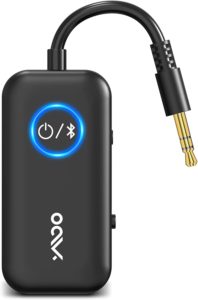
In addition to kicking the cord, going Bluetooth has another advantage: it provides more headphone options. Perhaps you already own a Bluetooth earpiece you’d like to use for radio orienteering. Bluetooth might prove to be your low-cost option in this situation – and provide some really cool features to boot.

